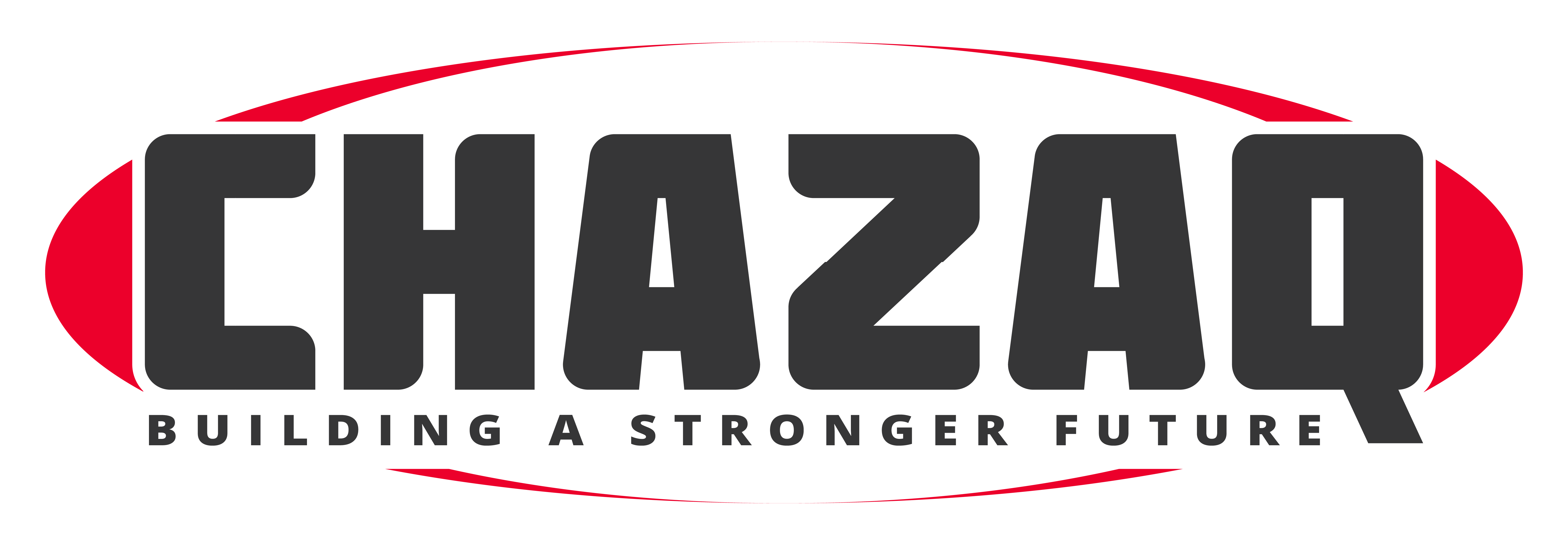Recent eruptions of Mount Eyjafjallaokull

By R' Boruch Yonah Lipton
The recent eruptions of Mount Eyjafjallajökull (pronounced AY-ya-fyat-la-yo-kult) in Iceland have provided us with a glimpse of one of Hashem's truly awe-inspiring wonders of creation. On March 20th, seismic activity caused a fissure to open on the side of the mountain, sending fountains of lava spurting into the air. A series of small earthquakes on April 13th caused a new vent to open in the volcano, and two days later the resulting ash plume had grown so large it rose above the clouds. While air traffic throughout much of Europe was suspended because of the eruption, those who resided in the vicinity of the volcano itself dwelt in total darkness. Images of eruptions like those on Iceland should draw our attention whenever we see them. But they can provide us with a unique opportunity when we think of them on the holiday of Shavuos.
Exodus 19:18 describes the morning of mattan Torah as follows: "Now Mount Sinai was altogether on smoke, because the L-rd descended upon it in fire; and the smoke thereof ascended as the smoke of the furnace, and the whole mount quaked greatly." Deuteronomy 4:11 relates, "And ye came near and stood under the mountain; and the mountain burned with fire unto the heart of heaven, (with) darkness, cloud, and thick darkness." While tradition says that Mount Sinai was covered with all kinds of greenery on the morning the Torah was given, it is probable that none of it was visible. The Torah was given amidst darkness, and our ancestors saw no image at all. A reason for this is offered by Chizkuni: they were not given permission to see the likeness of G-d's glory (Chizkuni to Deut. 4:11). So while our ancestors heard a voice, fire and smoke ascended from the mountain, and the people dwelt in darkness. And that is why the recent eruption of a volcano provides us with a unique opportunity on Shavuos. One can think of the eruption in order to gain a small glimpse of what our ancestors saw on that first Shavuos. A mountain green with verdure, while beautiful, was most likely not seen by our ancestors that day. Rather, the awe-inspiring eruption of Mount Eyjafjallajökull more closely resembles what our ancestors saw on that historic day.
--------------
Boruch Yonah Lipton is the author of The Song at the Sea According to Rashi and The Sin of the Golden Calf According to Rashi, both available by contacting the author at boruchyonah@yahoo.com.
By R' Boruch Yonah Lipton
The recent eruptions of Mount Eyjafjallajökull (pronounced AY-ya-fyat-la-yo-kult) in Iceland have provided us with a glimpse of one of Hashem's truly awe-inspiring wonders of creation. On March 20th, seismic activity caused a fissure to open on the side of the mountain, sending fountains of lava spurting into the air. A series of small earthquakes on April 13th caused a new vent to open in the volcano, and two days later the resulting ash plume had grown so large it rose above the clouds. While air traffic throughout much of Europe was suspended because of the eruption, those who resided in the vicinity of the volcano itself dwelt in total darkness. Images of eruptions like those on Iceland should draw our attention whenever we see them. But they can provide us with a unique opportunity when we think of them on the holiday of Shavuos.
Exodus 19:18 describes the morning of mattan Torah as follows: "Now Mount Sinai was altogether on smoke, because the L-rd descended upon it in fire; and the smoke thereof ascended as the smoke of the furnace, and the whole mount quaked greatly." Deuteronomy 4:11 relates, "And ye came near and stood under the mountain; and the mountain burned with fire unto the heart of heaven, (with) darkness, cloud, and thick darkness." While tradition says that Mount Sinai was covered with all kinds of greenery on the morning the Torah was given, it is probable that none of it was visible. The Torah was given amidst darkness, and our ancestors saw no image at all. A reason for this is offered by Chizkuni: they were not given permission to see the likeness of G-d's glory (Chizkuni to Deut. 4:11). So while our ancestors heard a voice, fire and smoke ascended from the mountain, and the people dwelt in darkness. And that is why the recent eruption of a volcano provides us with a unique opportunity on Shavuos. One can think of the eruption in order to gain a small glimpse of what our ancestors saw on that first Shavuos. A mountain green with verdure, while beautiful, was most likely not seen by our ancestors that day. Rather, the awe-inspiring eruption of Mount Eyjafjallajökull more closely resembles what our ancestors saw on that historic day.
--------------
Boruch Yonah Lipton is the author of The Song at the Sea According to Rashi and The Sin of the Golden Calf According to Rashi, both available by contacting the author at boruchyonah@yahoo.com.


